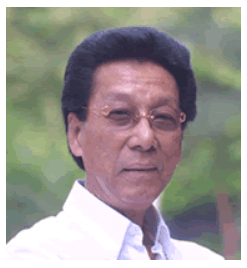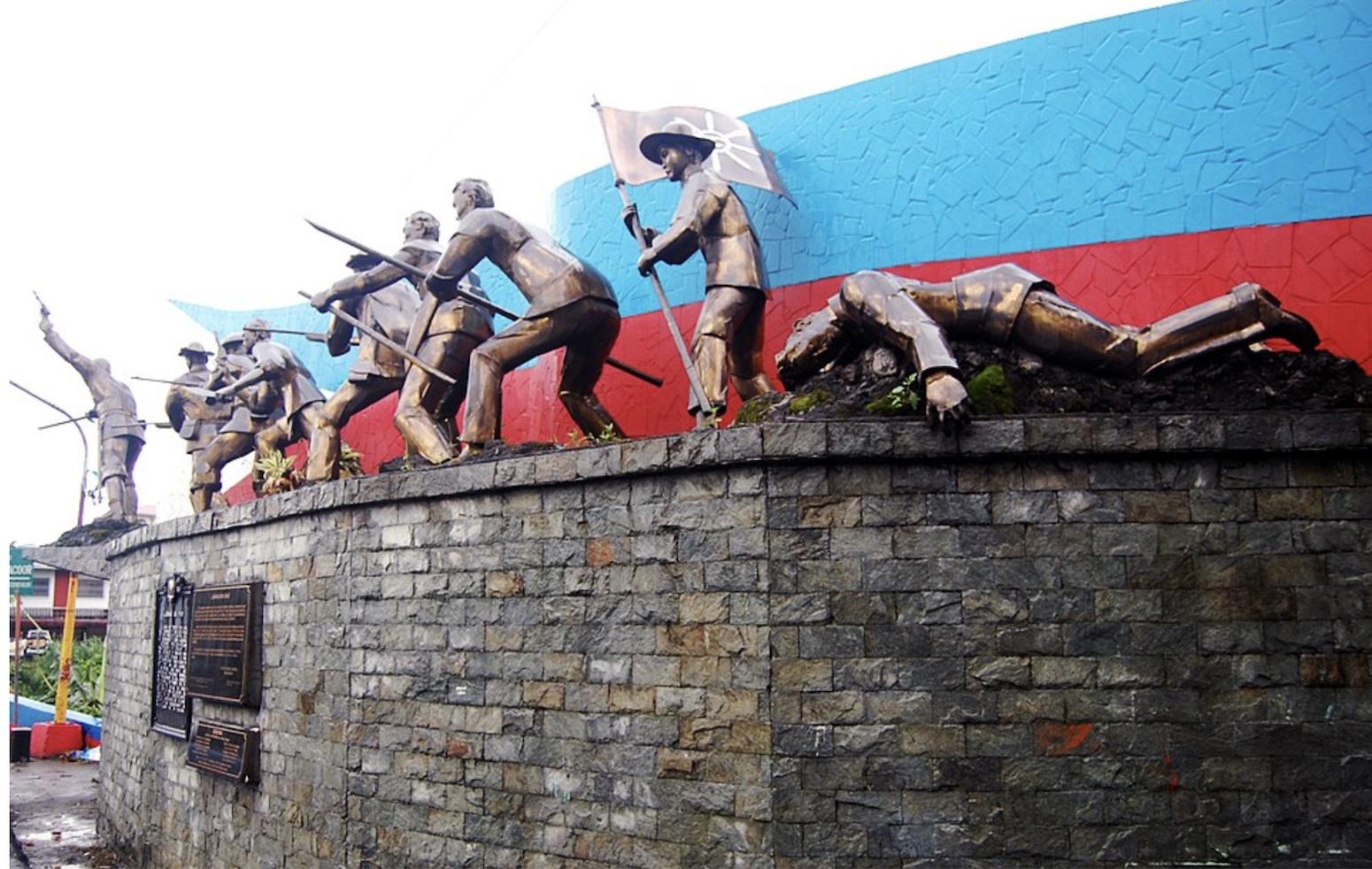ACCORDING to Socioeconomic Planning Secretary and Director General of the National Economic and Development Authority (NEDA) Arsenio Balisacan, despite the slew of disasters that hit the Philippines (Zamboanga siege, Bohol earthquake and Typhoon Haiyan), the country’s economy still grew by 6.5 percent in Q4 of 2013 — placing the country’s annual gross domestic product (GDP) at 7.2 percent.
Indeed, it was a “remarkable turnout,” which has made the Philippines “the second biggest economic expansion in Asia,” as reported by Philstar.com.
Balisacan said that they are projecting a 6.5 to 7.5 percent growth for 2014.
“We are optimistic that the Philippine economy will remain strong in 2014, especially that the outlook on the global economy is becoming more favorable and as the domestic economy remains robust,” he opined.
Balisacan attributes this exceptional development to the services and industry sectors, who continue to be “the drivers of economic growth.”
Adding to the growth was the robust performance on the supply side, brought about by manufacturing, trade, finance, and real estate.
“A stable business environment, a manageable inflation rate of 3.7 percent – leaning towards the low end of the target range – and low interest rates, as well as aid from other countries for those affected by typhoon Yolanda, have induced an increase in financial activity,” he elaborated.
Balisacan also said that the International Monetary Find (IMF) and World Bank (WB) have set “higher growth expectations for the global economy.”
IMF projects growth of global activity by 3.7 percent in 2014 and 3.9 percent by 2015; WB sees a 3.2 percent growth for 2014 and 3.4 percent for 2015.
“With such indications of recovery from the global economic crisis, we believe the Philippine economy, particularly the industry sector, is in a very good position to take advantage of wider export markets, as the government continues to implement reforms to reduce the cost of doing business in the country,” he said.
In her Inquirer.net column, economist Solita Collas-Monsod raises these questions: “Have we finally gotten over the hump of slow growth and can we expect to continue at this pace over at least the medium term or to the end of PNoy’s watch? Is it just a fluke? Or are we as good as China?”
Monsod elaborates on the pros and cons of the country’s current political situation.
The pros: President Aquino’s earnestness in getting rid of corruption, as well as the incorruptibility of Bureau of Internal Revenue Chief Kim Henares; the president’s full confidence in the capabilities of Commission on Audit (COA) Chairperson Grace Pulido Tan, Ombudsman Conchita Carpio Morales and Department of Justice (DOJ) Chief Leila De Lima; and a Supreme Court which has been a formidable force against “the attempts of the executive and legislative branches to undermine the system of checks and balances that is at the core of our democracy.”
“The net effect of these two pluses is, at its most basic, more revenues and less wasteful expenditures, which augurs well for the economy and for the poor. It has also made the Philippines much more attractive to the international community, what with the government’s attempts at making the country more competitive,” reasons Monsod.
The cons: According to Monsod, “a 7-percent growth rate is hard to come by in the Philippines,” with the country only experiencing it twice — 7.6 percent in 2010 and 7.2 percent in 2013.
Monsod also observes that both were election years — when more money is spent during campaign period.
“I am afraid not even the government thinks that 7-percent growth rates for 2014 are a realistic projection, although they are still sanguine about 2015. Of course, 2016 is a presidential election year. The National Statistical Coordination Board website has yet to update its Statistical Indicators on Philippine Development (StatDev), but the chances that it will hit its macroeconomic target of 7-8-percent growth average for 2011-2016 are not too good. Its growth rates for the past three years were 3.9 percent (2011), 6.8 percent (2012), and 7.2 percent (2013). To achieve its targeted 7-8-percent growth rate, it will have to grow at 8-9 percent for the next three years,” Monsod opines.
However, Monsod also hints on optimism: “On the other hand, if PNoy continues with his fight against corruption, and succeeds in making corruption the exception rather than the norm in the Philippines, and if the pork barrel doesn’t get resuscitated, I’m willing to give it a fighting chance. And even if the target is not met, the future performance of the Philippines will have changed its trajectory for the better.”
“Why? We all know how corruption is inimical to growth and development. But killing the pork barrel once and for all will remove the basic source of campaign funds and wealth of politicians and their dynasties. That, combined with government agencies cleansed of corruption, will kill all hope for using government resources for private gain. At the very least, dynasties will die.”
In closing, Monsod presents this rationale: “Studies show that it is government policy and institutions that exert the most influence in explaining the difference in growth rates between countries. Meaning, we could be sitting pretty now with per capita incomes of anywhere from 6 to 19 times what they were in 1960 rather than the 2.18 times that they actually are—if we had had a better class of leaders and better institutions in the past 50 years.”
She ends her column with a rhetorical question: “Whose fault is it? Alas, we get the government we deserve.”
To this, Rappler.com’s Nicole Curato presents an interesting perspective — the effect of economic inequality to voting trends.
Curato pointed out that there is a gross inequality in the distribution of wealth. According to data from the National Statistics Office, the country’s richest 10 percent earn 10 times more than the poorest 10 percent.
She went on to say that we live in a society where opportunities for prosperity are “rigged in favor of those who are already privileged.”
“Interestingly, [the poor] are the same people disparaged for voting traditional politicians, as if they have immediate access to alternatives to politician-sponsored scholarships and free breakfasts from patronage-inspired feeding programs,” Curato offered.
Given these two perspectives, the country’s economic performance, in relation with its political landscape may seem like an ouroboros — a symbol for a serpent eating its own tail.
It also brings a more important question to mind: How can a fast-growing economy’s effects be felt on the ground by ordinary Juans?
(AJPress)
Back To Top





